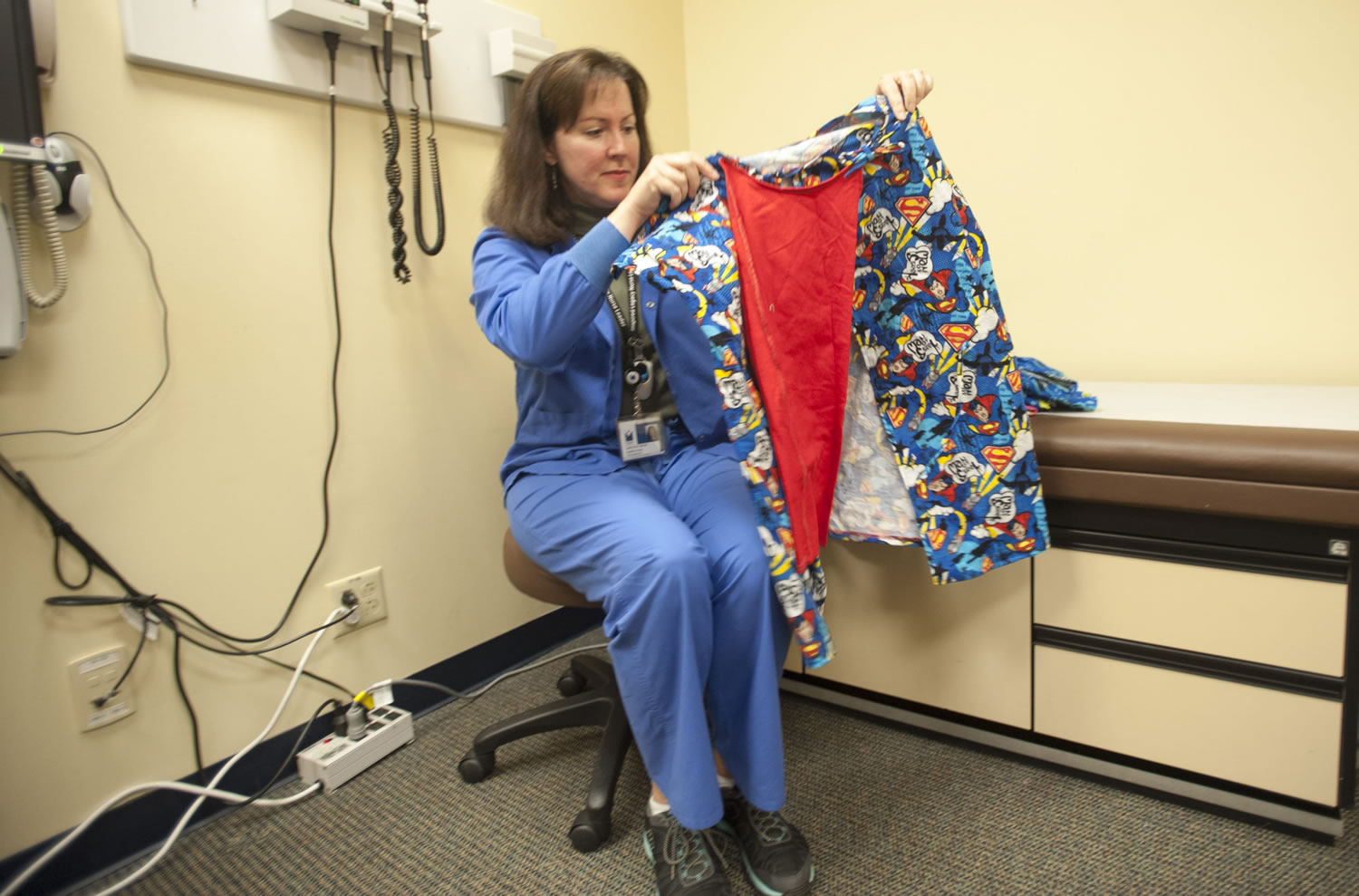Legacy Salmon Creek Medical Center announced Friday a 3,450-square-foot expansion of its pediatric center that will be built into an unused part of the medical office building. The pediatric facility will house outpatient pediatric rehabilitation and the Child Abuse Assessment Team.
“Some areas in that building are unfinished, and one of those spaces is where pediatric rehab would go,” said Brian Willoughby, hospital spokesman.
Pediatric rehabilitation sees about 500 children every week, not including children seen by the Child Abuse Assessment Team. With the expansion, pediatric rehabilitation would be able to see 200 more children and provide services not currently offered, Willoughby said. Currently, the pediatric center is 6,400 square feet.
The announcement was made during a fundraising luncheon for the Child Abuse Assessment Team at the Hilton Vancouver Washington, where the KMR Group Foundation pledged $250,000 to help construct the pediatric center. This is the largest gift the Legacy Salmon Creek Medical Center has ever received and would cover most of the cost of the expansion, which is estimated at $350,000, Willoughby said.




